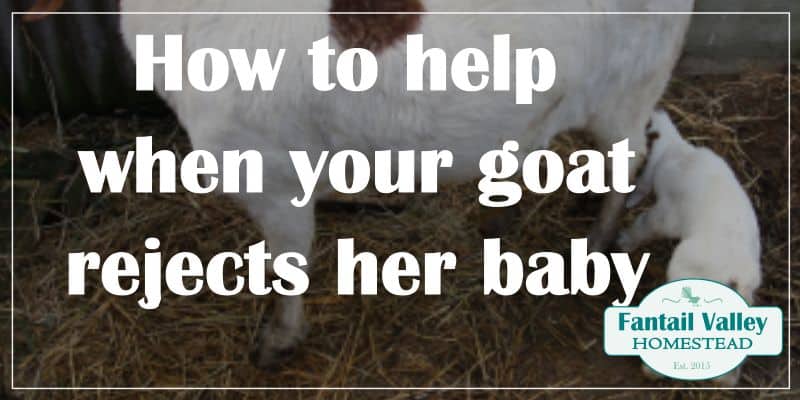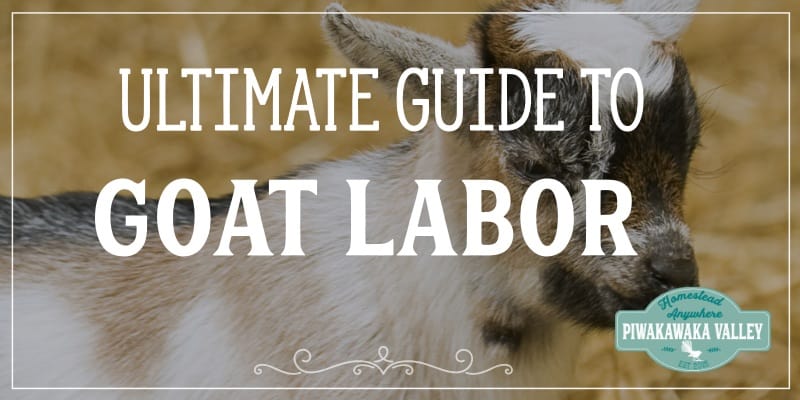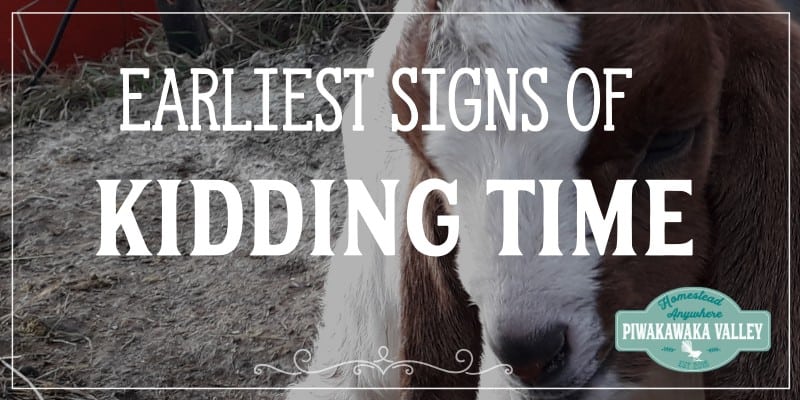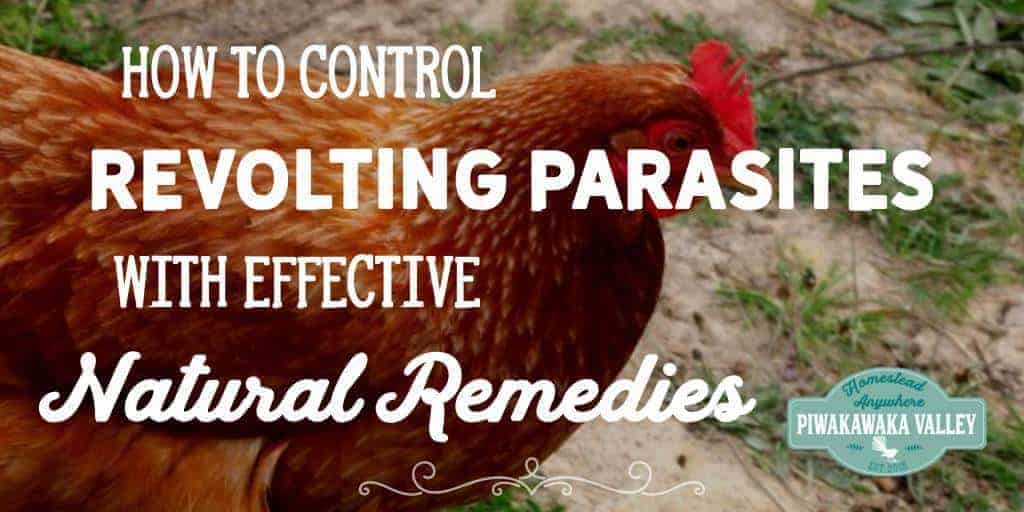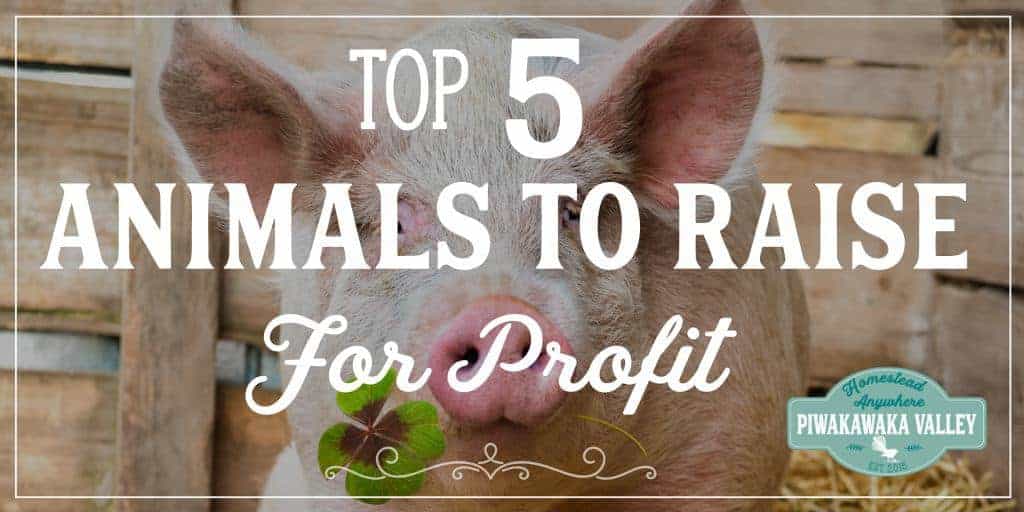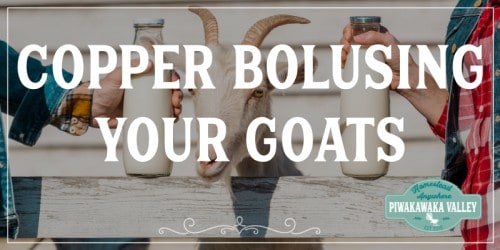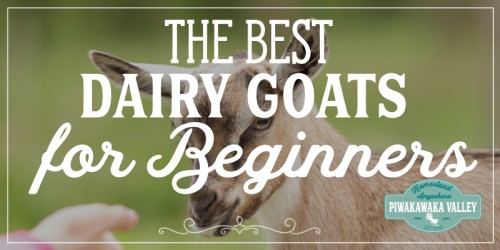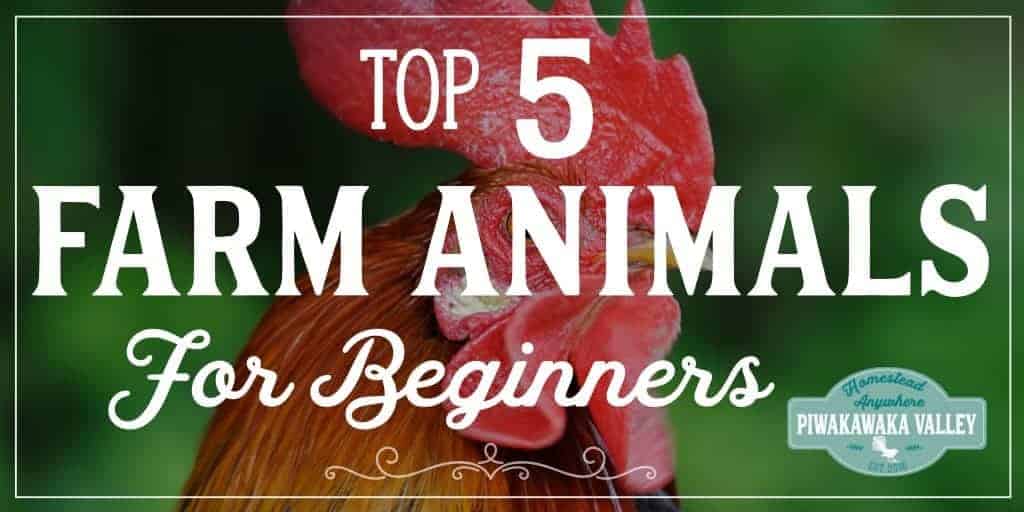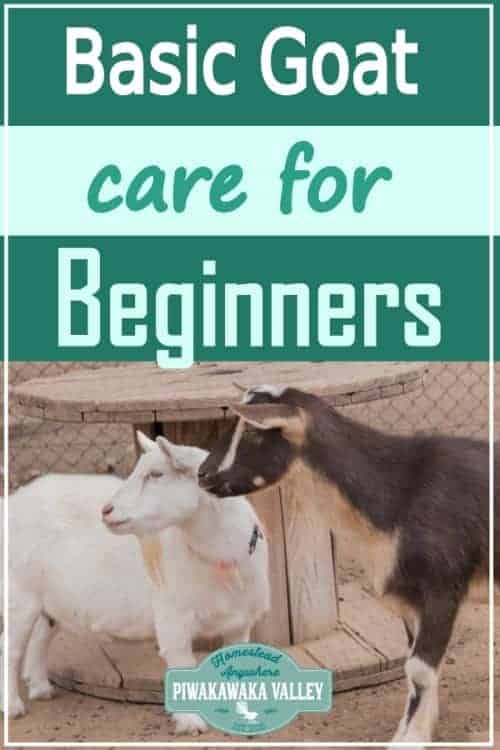This post was most recently updated on April 1st, 2021
The popularity of goat’s milk is on the rise as more and more people learn of its benefits. If you are new to raising dairy goats, here is what you need to know to get you started.
Please read: This information is provided for educational purposes only and is not intended to treat, diagnose or prevent any disease. We encourage you to make your own health care decisions in partnership with a qualified health care professional.
This post contains affiliate links, this means at no extra cost to you, we make a commission from sales. Please read our Disclosure Statement
A vast majority of people with dairy sensitivities can comfortably consume goat’s milk with ease as the milk is easier to digest as the protein structure of goats milk is different to cows milk.
Additionally, goats are exceptionally hardy, much more than cows. As such, they are easy to keep.
Their small size means they do not require extensive housing/shelter/concrete pads. They are also farm friendly and typically they do not pose a danger to other animals or people. Importantly, they are inexpensive to keep.
That said, you need to take proper care of your dairy goats to ensure their milk production remains high and the animals remain healthy.
Just as it is the case with cows, the environment, the food, and the care you give the dairy goats will influence the milk production. Here we will explore the basics goat care for successful goat keeping and milk production.
Once you have chosen your favorite goat breed for milking you will need to plan for how to care for them properly.
The Basic Dairy Goat Care for Beginners
1. What You Need
Housing/Shelter
The number one requirement for keeping goats is making a shelter for them. While goats are hardy can live anywhere, they dislike being rained on and sleeping in windy conditions, and they will die quickly without shelter. As such, you should make a shelter that protects them from heavy rains and wind.
You need a shelter that provides a bedding area of at least 15 square feet for each full sized goat you have, mini goats can get away with about half that area.
The housing structure should be well ventilated, clean, and dry. To achieve this, ideally, you should build a three-walled dirt-floor pen.
The dirt floor, unlike a concrete floor, allows their urine to soak into the ground, leaving behind a dry pen. If your soil does not drain easily, consider replacing some portion of the soil with sand to improve the drainage of urine.
Fencing
Goats, regardless of the breed love moving around. As such, it is of critical importance that you provide your goats with ample space for exercising.
Ideally, you should have at least 25 square feet of space for every goat you have if you keep them penned up and bring them food. Goats prefer to be able to range far and wide.
However, you cannot leave your goats outside unprotected. For security and for their protection or for herd separation purposes, you need to fence the area around your goats.
Typically, a stock paneling is perfect for small areas. However, if you are fencing a large field, electric wiring or general wiring will also work.
Keep in mind that goats are agile, strong, and love playing around (and climbing fences!). As such, ensure the fence is very strong and tall. We use sheep netting with a hot wire around the top and out riggered from the middle to keep them away from the fences.
2. The Daily Care Routine To Follow
There are plenty of tips to follow on a daily basis when it comes to caring for dairy goats. You cannot neglect the goats and expect good milk production. You need to put in the effort to care for your goats.
Feeding And Grazing
Unsurprisingly, to get the best milk production from your goats, you need to feed them a diet that permits milk production. The good thing about goats is that their feed is simple.
For instance, whether the does are growing, breeding, or milking, they need ample supply of legume and grass hay such as timothy, alfalfa, and orchard grasses.
Along with feeding them green grasses, add dry grasses to their diets. Milkers should be fed a standard well-balanced dairy ration of grain feed based on oats, corn, barley, buckwheat, and other such nutritious grains.
Goats prefer to get 80% of their feed from “browse” which includes scrub, bushed, and gorse/thistles and only 20% of their feed from grass.
On the minerals fronts, all goats, whether the kids, does, or the buck, need a steady supply of salt and mineral supplements.
You need to provide your goats with fresh clean water. Keep in mind that goats are very nit-picky about their food’s cleanliness.
You should note that goats love free-feeding. Generally, goats do not thrive when tethered.
They love roaming around and foraging and browsing on a wide variety of bushlands, herbs, woods, and grasses. As such, even though you provide nutritious feeds in their feeding pots on a daily basis, they will appreciate the chance to roam and feed.
However, if you do not have a large enough field to permit grazing, you can opt to free-feed them hay. Just make sure you place the hay somewhere that is free of weeds and plants that goats find to be toxic.
You can train your goats to come home each night to be locked up in their shed by feeding their grain portion at night time and calling them to come and get it, they will very quickly catch on to this!
RELATED: Copper bolusing your goats
Milking The Goats
When it comes to milking, you want milk at a consistent time of day. Depending on the breed of goats, you will milk once or twice a day.
If you are milking twice, ensure it is as close to 12 hours apart as you can manage. Moreover, always ensure your milking area is clean.
Using an udder balm will help stop chapping and cracking. You can share milk with the goats babies by locking the babies up in a separate pen together over night after they are 4 weeks old.
Then in the morning you can milk the mama’s and then let all the babies out. They will feed during the day, and you won’t have to milk at night.
3. Health Considerations for Goats
Breeding
Breeding your does should start at least after 8 months and or when the goat weighs at least 80 pounds. Before breeding, keep the does and bucks separated.
When ready to breed we will usually run the buck with the does for a full month, a goats cycle is 3-4 weeks, so a month is usually enough to cover all the does and it limits all the births to a single month in 5-6 months time.
The gestation period for goats is 150 days and you can expect the goats to give birth to twins or triplets depending on the breed and line.
The kids will feed on the milk only for the first 4 or 5 days after which you should introduce solid feeds and grass. They will continue to feed on milk for 2 to 3 months but they should consume forage after 2 weeks.
After a doe gives birth, you will milk the goat for 10-15 months before the does go dry. Let the doe stay dry for 2 months before breeding again.
RELATED: Copper bolusing goats
Disease Prevention
Just as is the case with humans, it far better to protect your goats from diseases than to cure the diseases.
Feed your goats a proper and healthy diet, keep their pen clean, and consult an extension office on ways to protect their health.
Many breeders recommend regular drenching of goats, but we prefer to have lower stock numbers and rotationally graze them. We only drench for worms if the goats are symptomatic.
RELATED: Making a goat first aid kit

